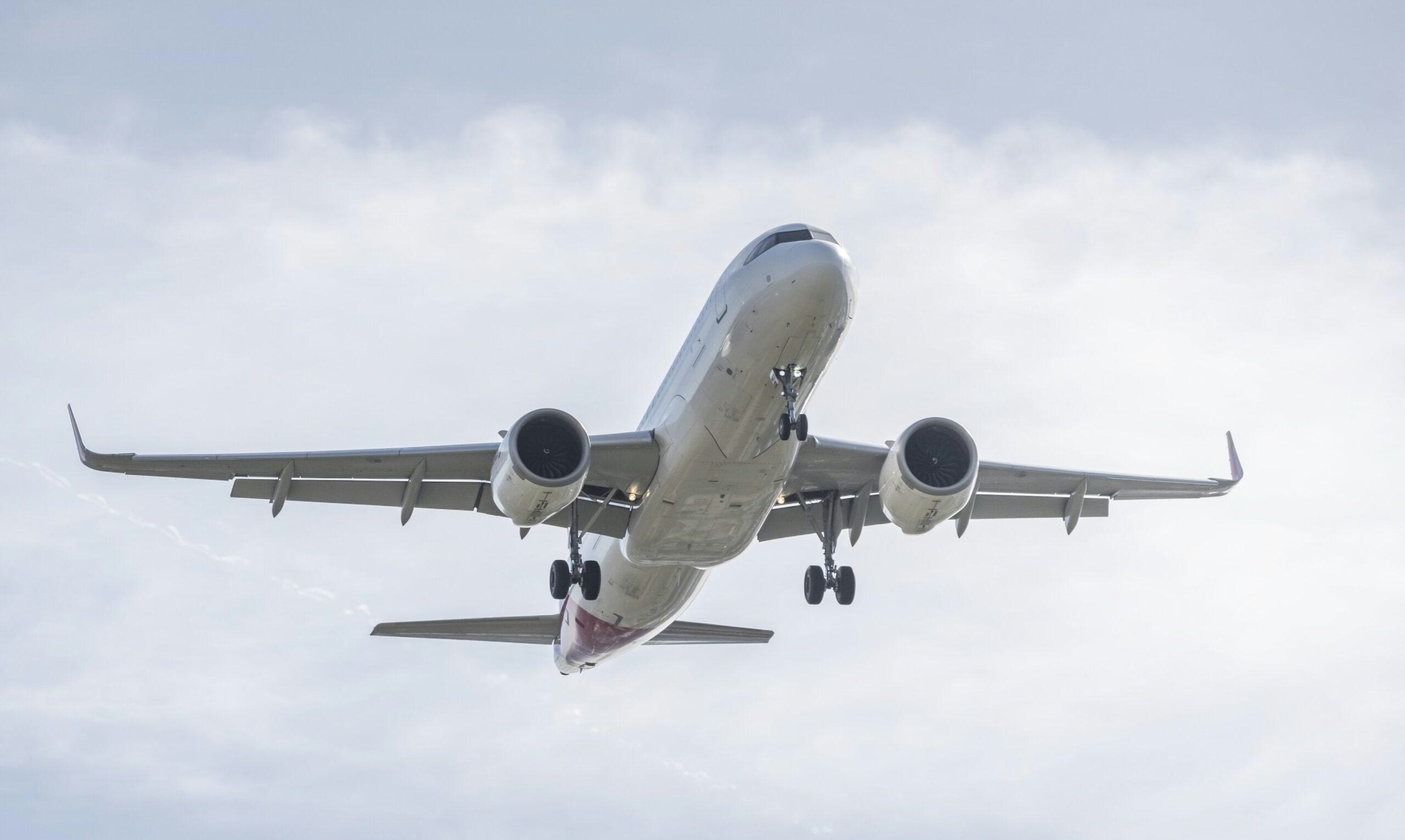
Intelligentere E-Mails, schnelleres Geschäft. RFQs, Angebote, Bestellungen und mehr automatisch markieren, analysieren und beantworten – sofort.
Trends
Categories
Kenya Airways Reports Half-Year Loss Amid Fleet Groundings
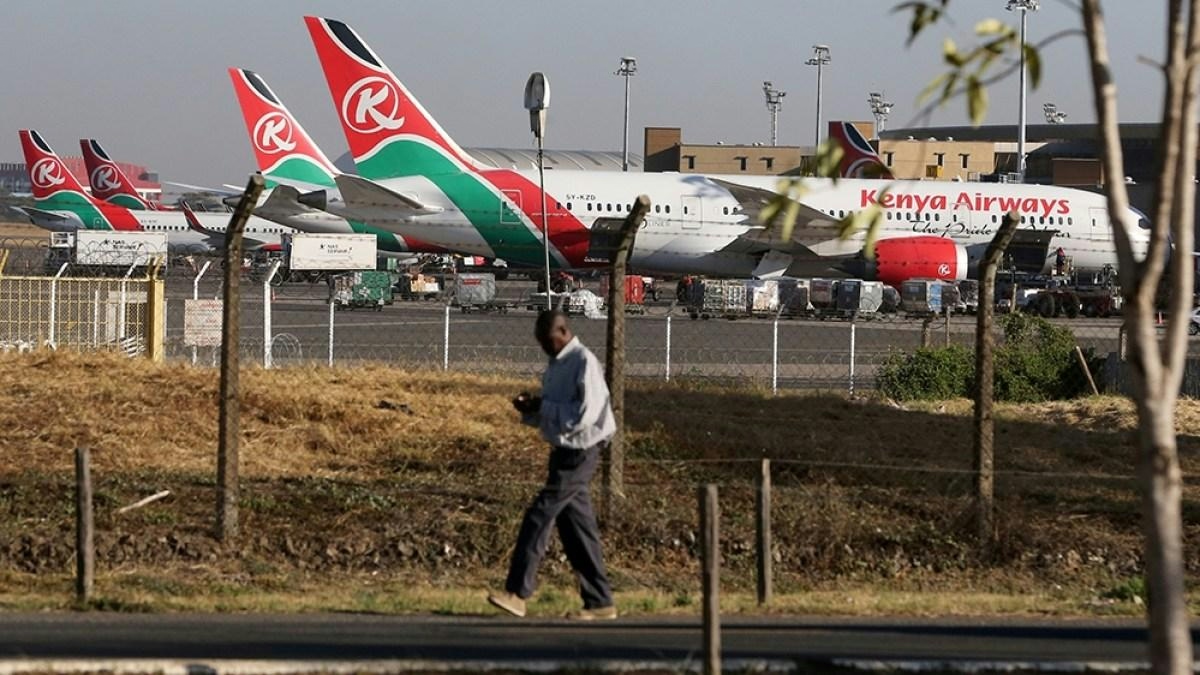
Kenya Airways Reports Half-Year Loss Amid Fleet Groundings
Operational Disruptions and Financial Impact
Kenya Airways PLC has announced a substantial loss for the six months ending 30 June 2025, as operational disruptions and global supply chain challenges severely affected the national carrier’s performance. The airline faced a significant setback following the temporary grounding of three Boeing 787-8 Dreamliner aircraft—accounting for one-third of its wide-body fleet—due to limited engine availability and ongoing supply chain constraints. This reduction in fleet capacity sharply curtailed the airline’s ability to generate revenue.
Total revenue for the period declined to KShs 75 billion, representing a 19% decrease from KShs 91 billion recorded in the same period last year. Passenger numbers fell by 14%, while available seat capacity dropped by 16%, with overall offered capacity decreasing from 7,991 million to 6,715 million Available Seat Kilometres (ASKs). The airline reported an operating loss of KShs 6.2 billion, a reversal from the KShs 1.3 billion operating profit achieved in the first half of 2024. The net loss stood at KShs 12 billion, compared to a profit of KShs 513 million a year earlier.
Industry Challenges and Strategic Responses
The financial difficulties faced by Kenya Airways reflect broader challenges within the aviation sector. The grounding of key aircraft has led to increased operational costs, diminished market share, and strained relationships with both passengers and stakeholders. The airline’s stock price has declined amid negative market sentiment, while competitors have capitalized on the situation by offering competitive pricing and expanded services to attract Kenya Airways’ customer base.
In response, Kenya Airways has implemented cost containment measures and scaled down operations, achieving a 10% reduction in operating expenses. However, fleet ownership costs surged by 29%, driven by the remeasurement of leased assets and the acquisition of a new Boeing 737 aircraft. Despite these efforts, the impact of the grounded Dreamliners remains a significant obstacle.
Globally, other airlines are adopting varied strategies to navigate the challenging environment. For instance, Air France-KLM has pursued a ‘premiumisation’ approach, focusing on higher-value services to enhance profitability. Meanwhile, Boeing has reported narrowing losses, indicating a gradual recovery within the aviation manufacturing sector.
Outlook and Recovery Plans
There are early signs of recovery for Kenya Airways. One of the grounded Dreamliners returned to service in July 2025, with the remaining two expected to resume operations before the end of the year. The airline is advancing its recovery plan, which prioritizes the restoration of grounded aircraft, expansion of capacity, improvement of operational efficiency, and a strategic capital raise. These initiatives aim to reduce debt, strengthen liquidity, and support sustainable long-term growth.
While the half-year results highlight the significant challenges confronting Kenya Airways, the carrier remains focused on stabilizing its operations and positioning itself for recovery amid an increasingly competitive and demanding aviation market.
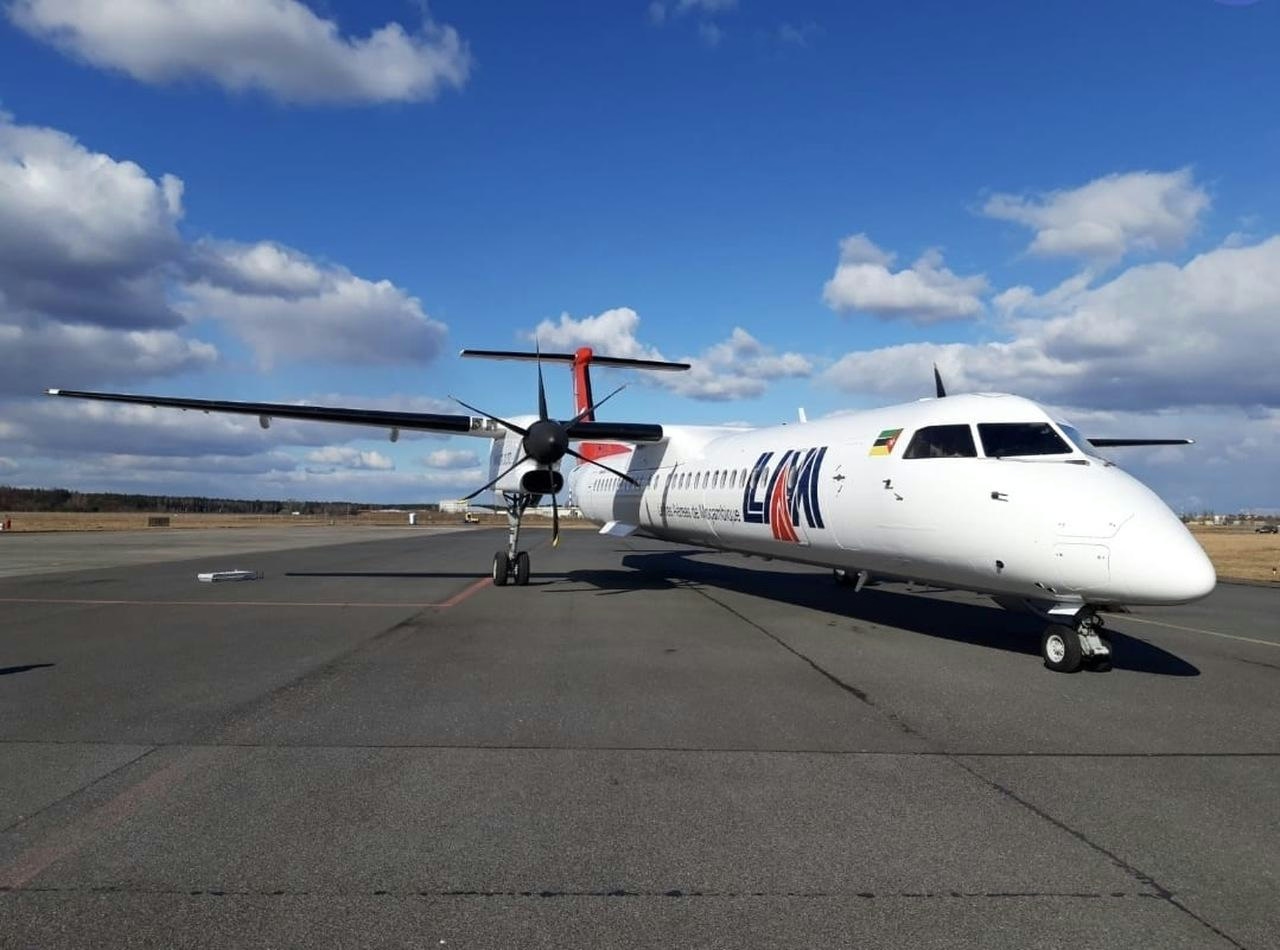
Mozambique Denies Blocking Fastjet Licensing Process
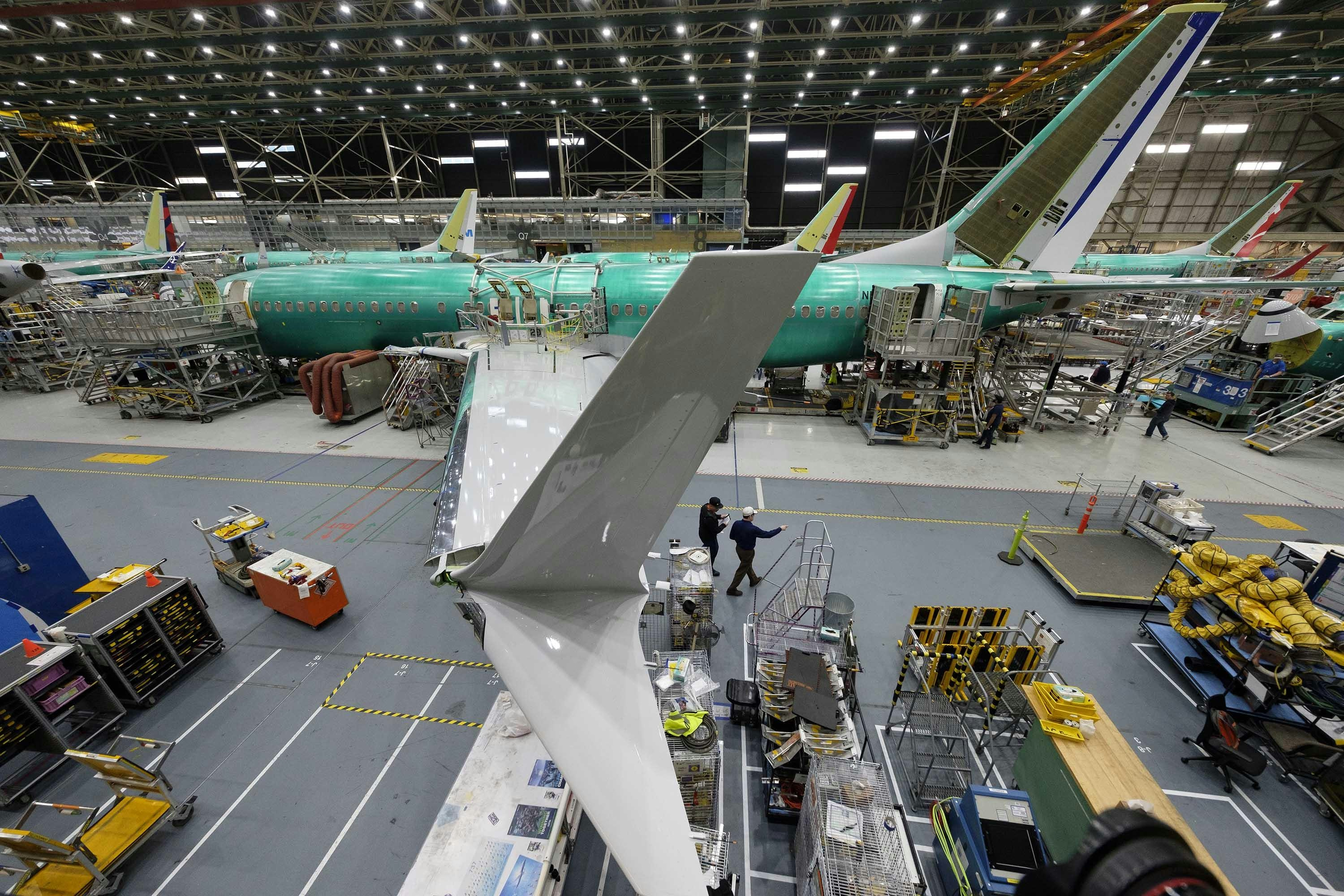
Boeing 737 MAX Production Resumes Amid Supply Chain Challenges

Joby Aviation Leads Archer in Electric Air Taxi Development

Chromalloy Expands Aviation Parts Manufacturing Facilities

Aviation Maintenance Technician Role and Responsibilities
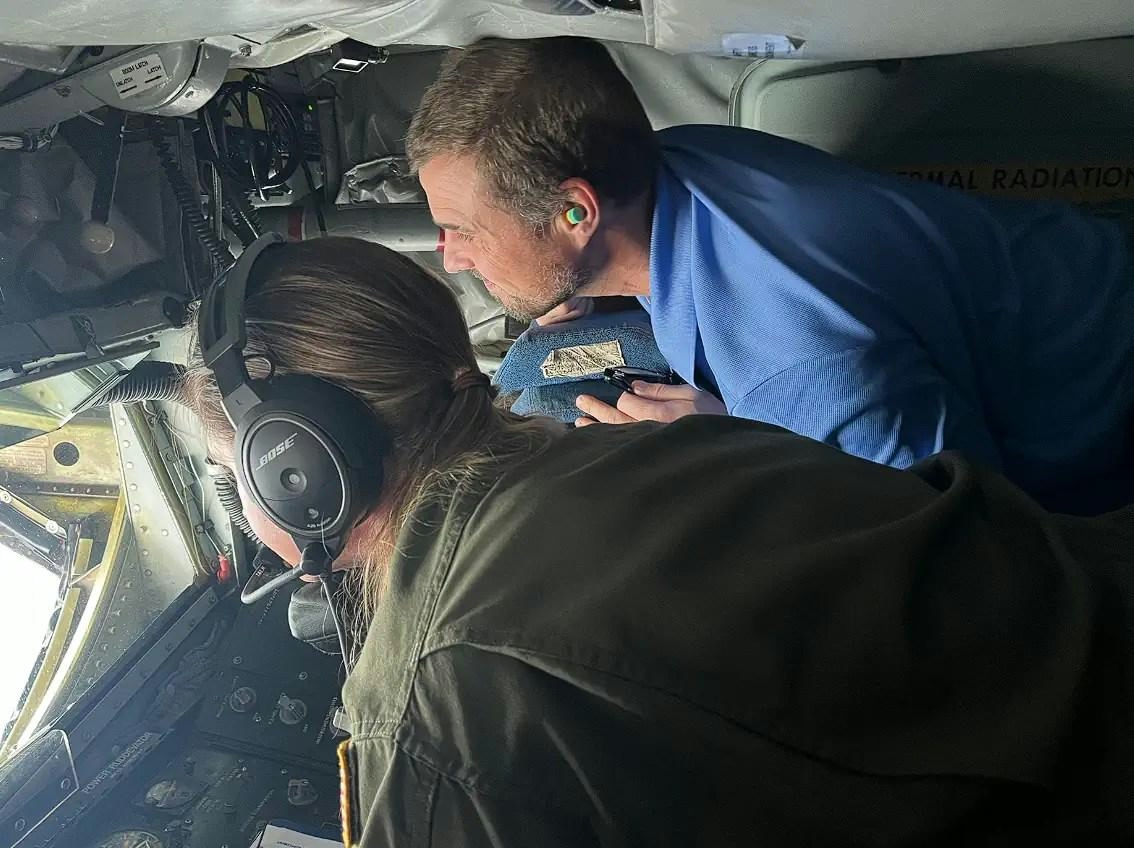
US Air Force Awards Contract to Reliable Robotics for Autonomous Flight System

Satair Unveils New Cargo Floor Panel

JetBlue Implements Predictive Flight Technology from Collins Aerospace

SWISS Partners with Neustark on Carbon Removal Initiative
